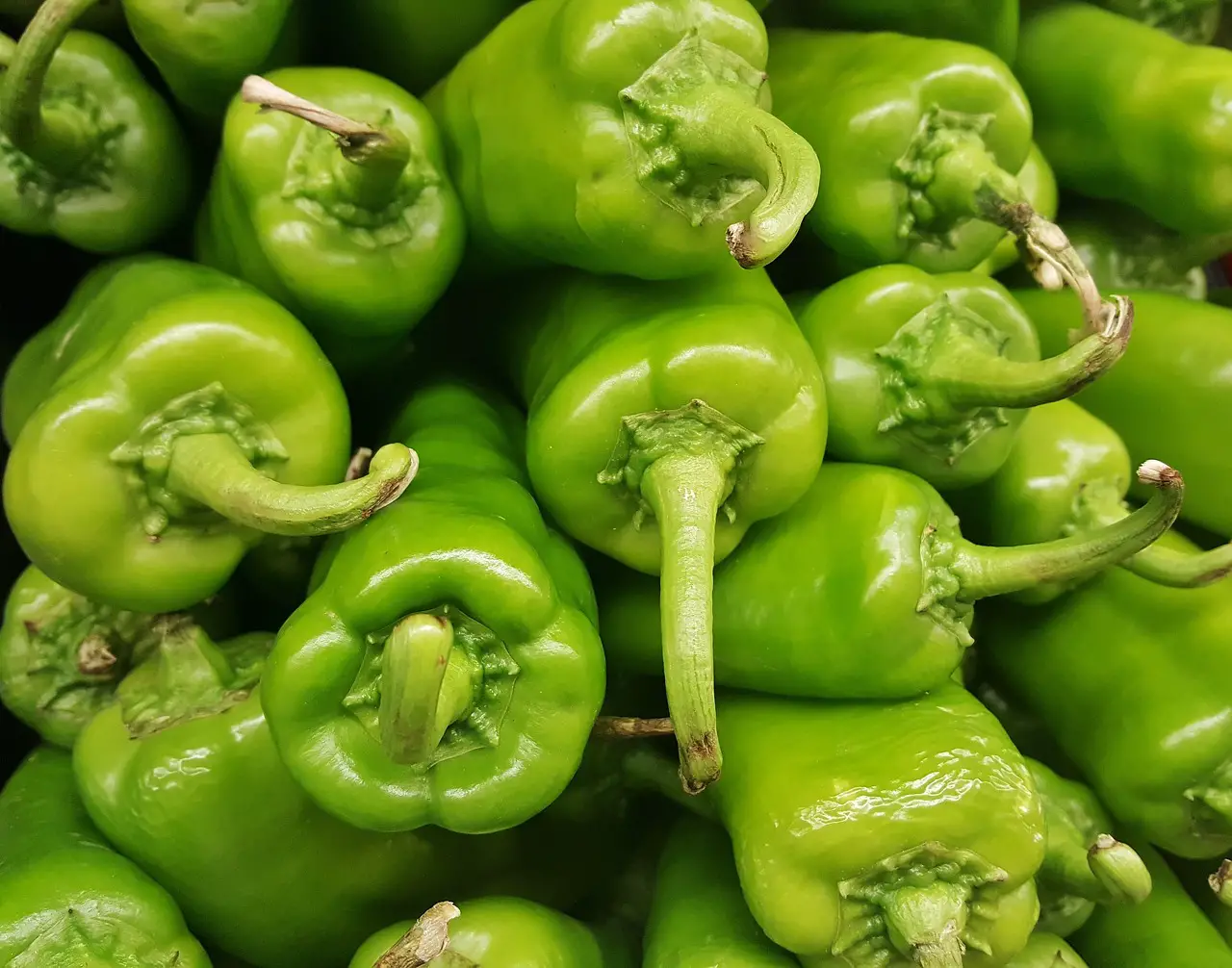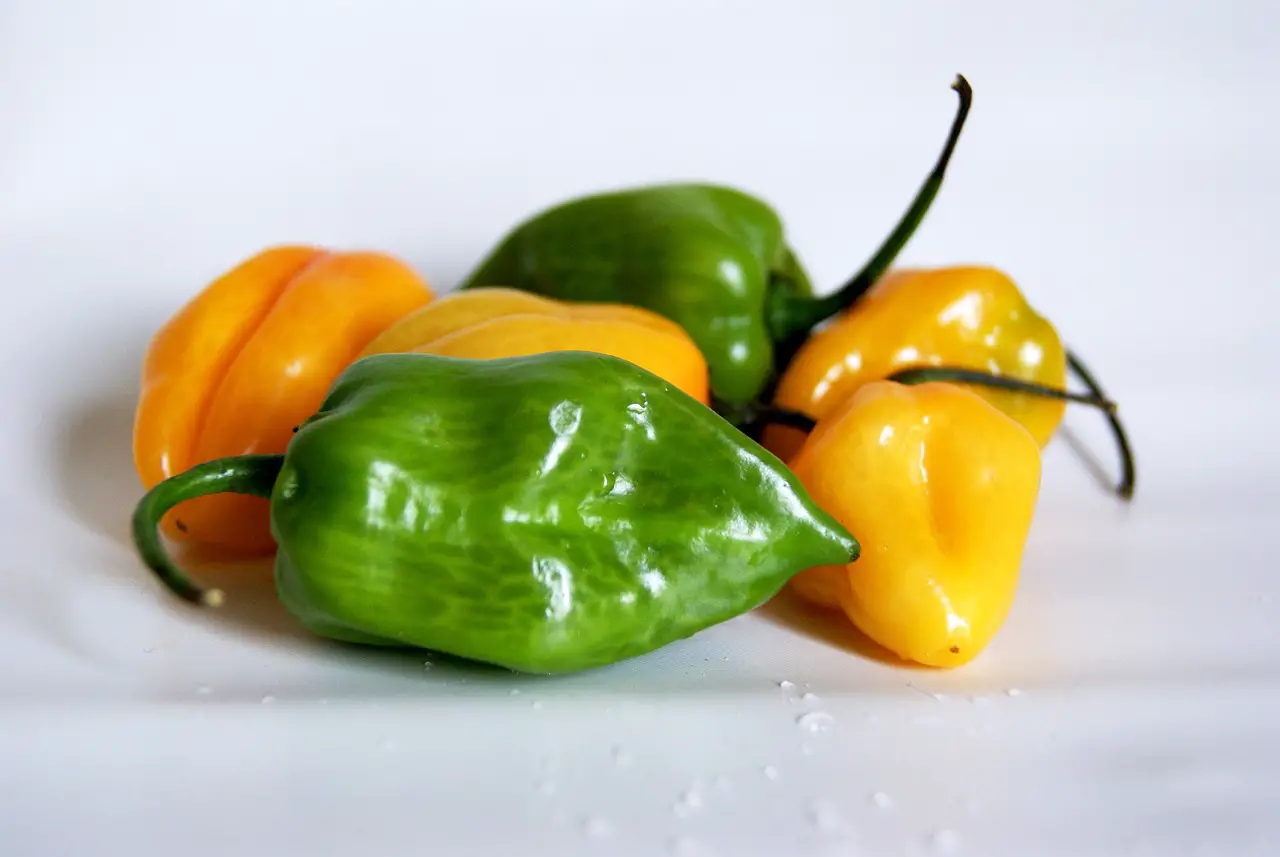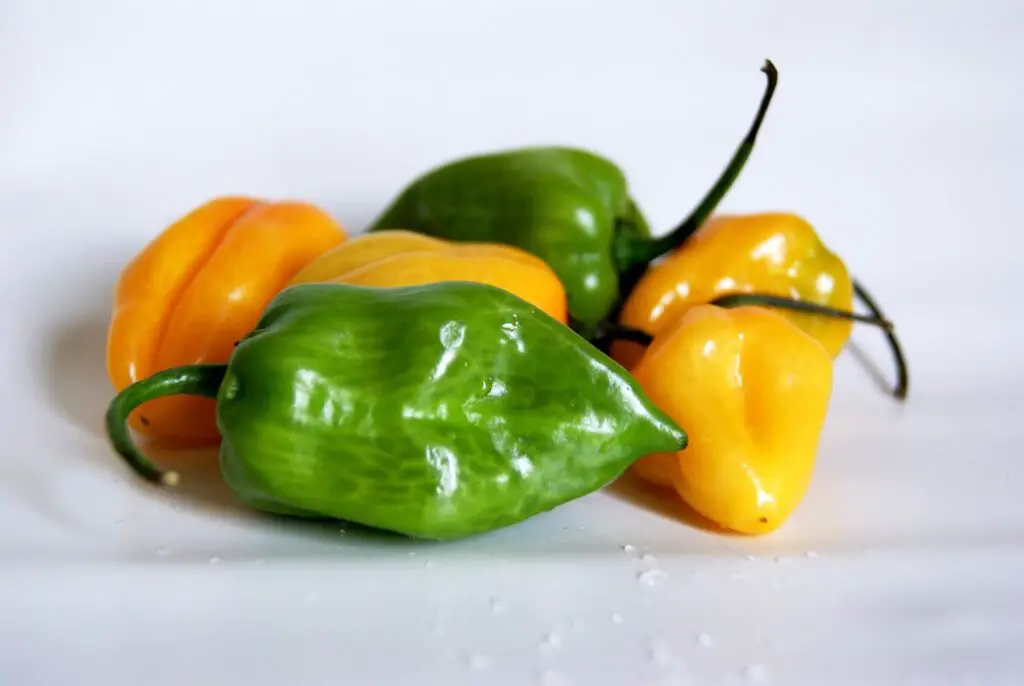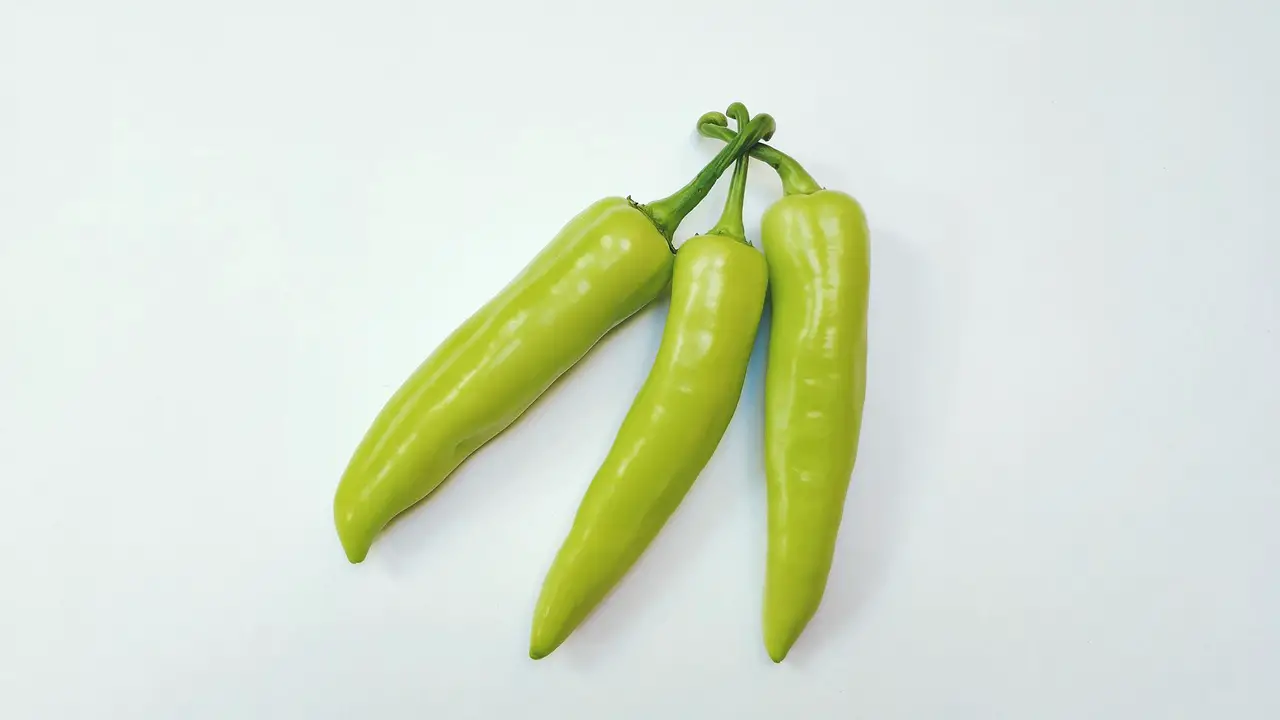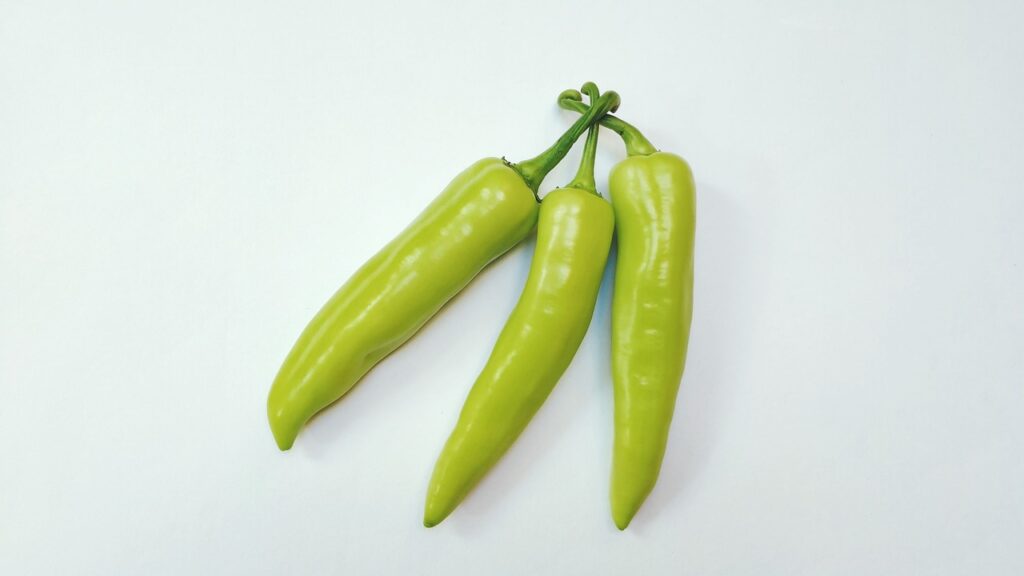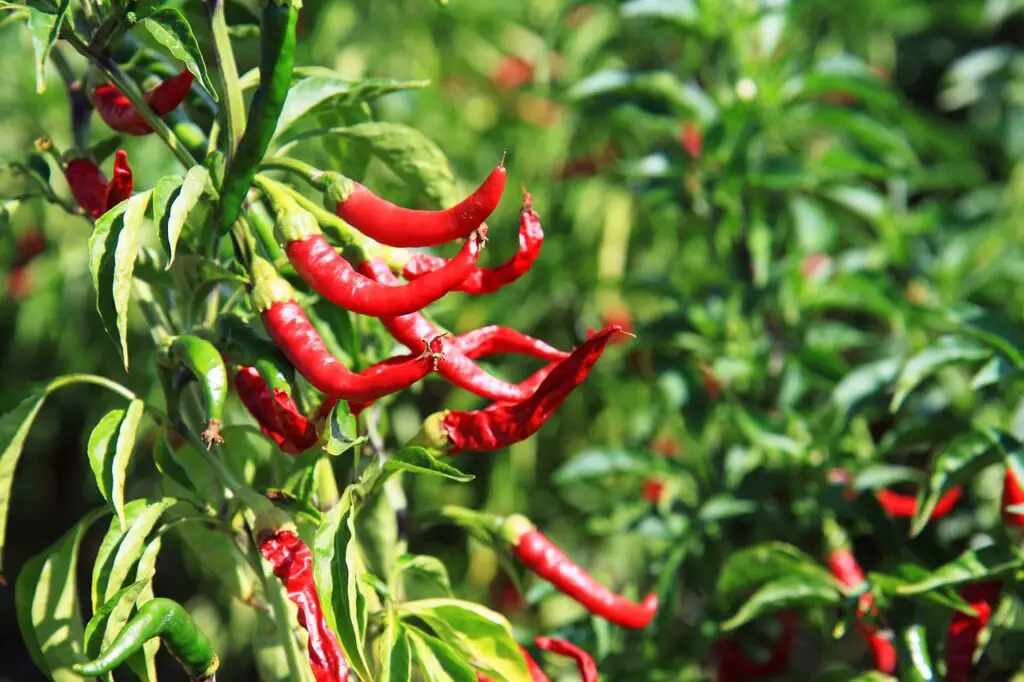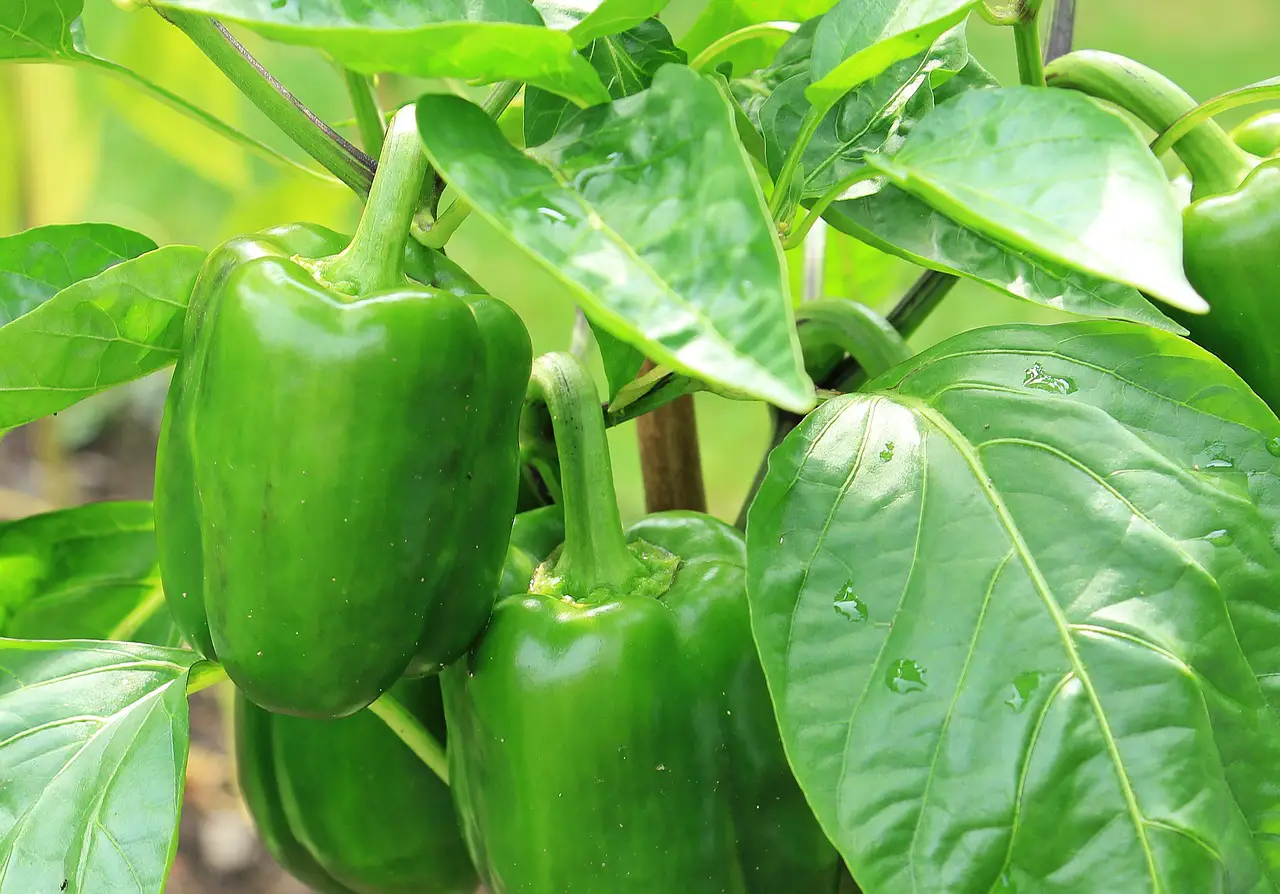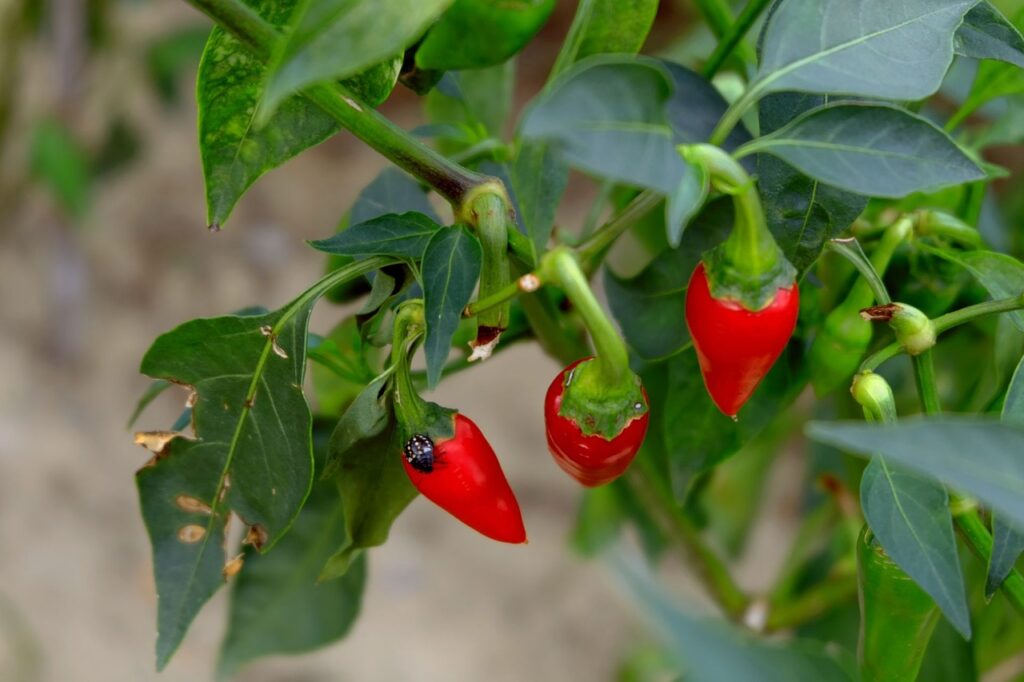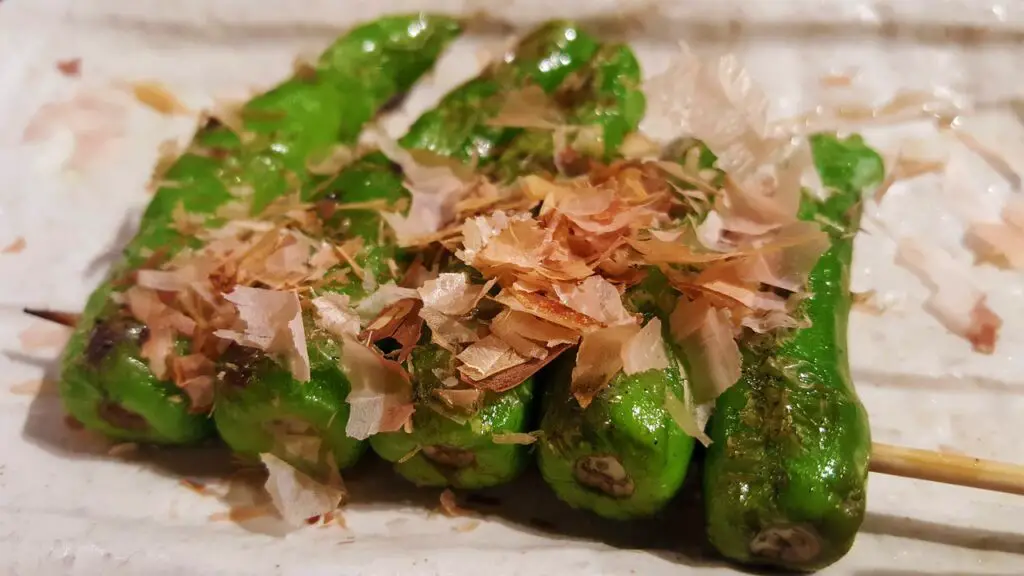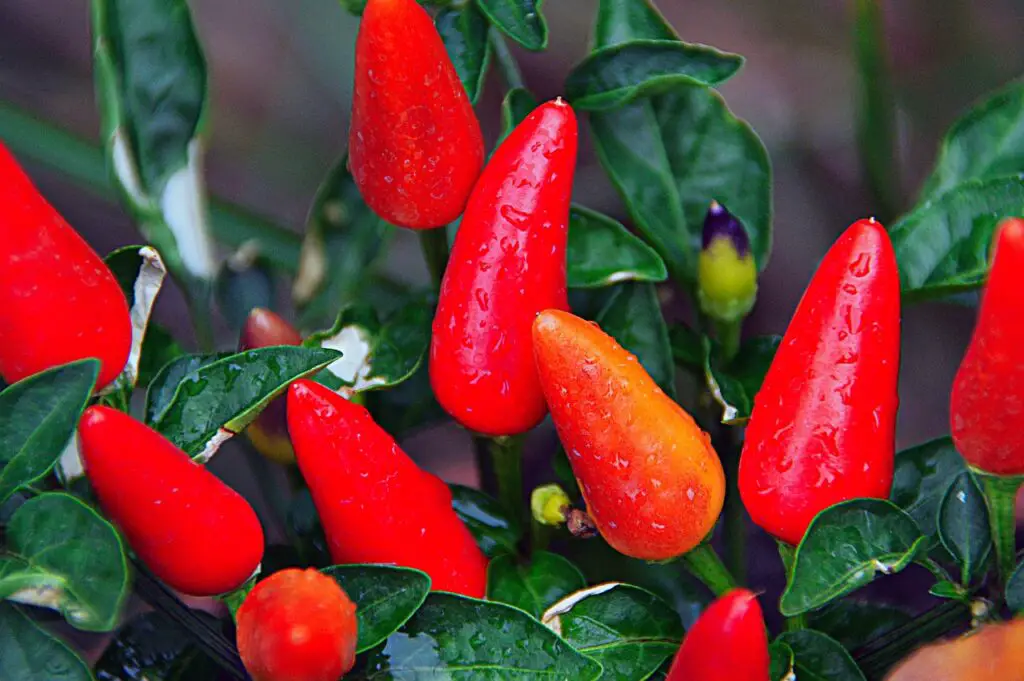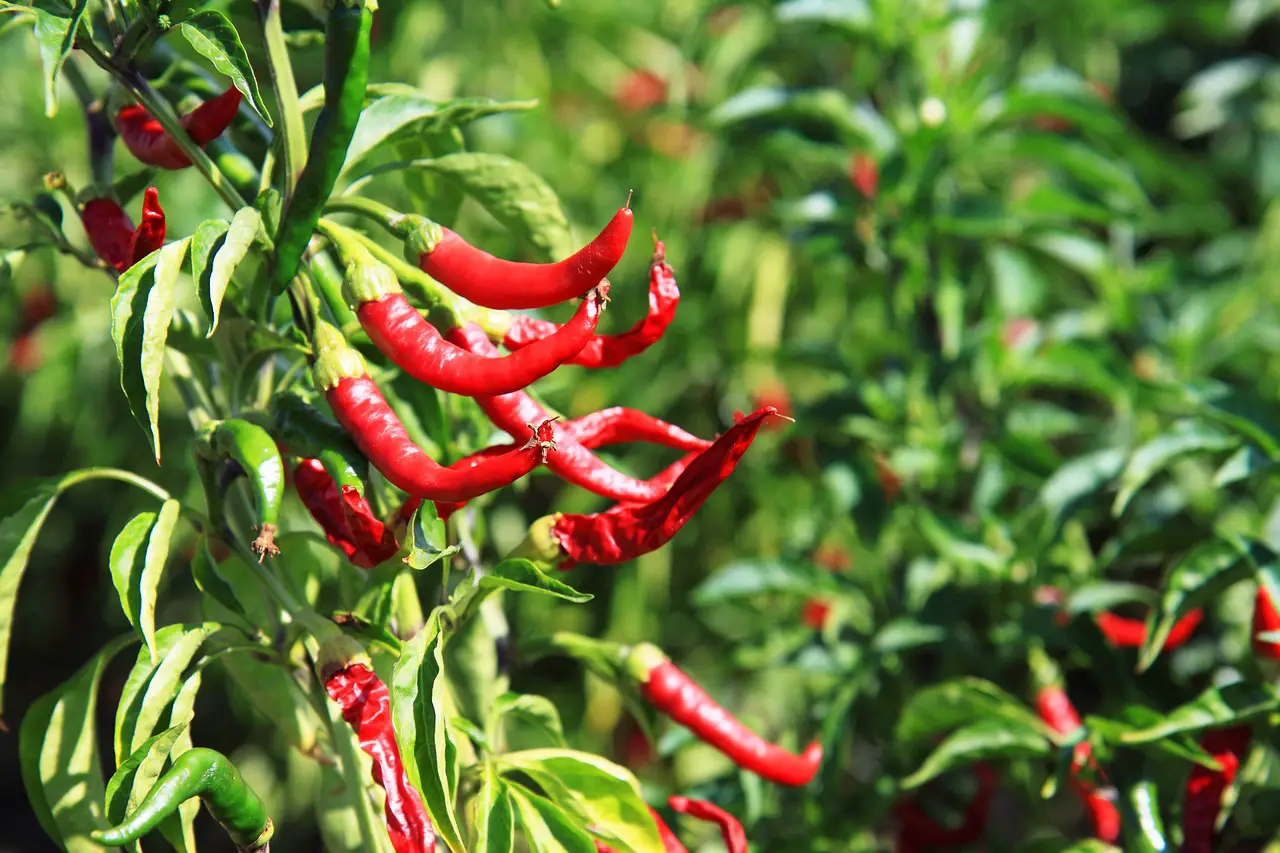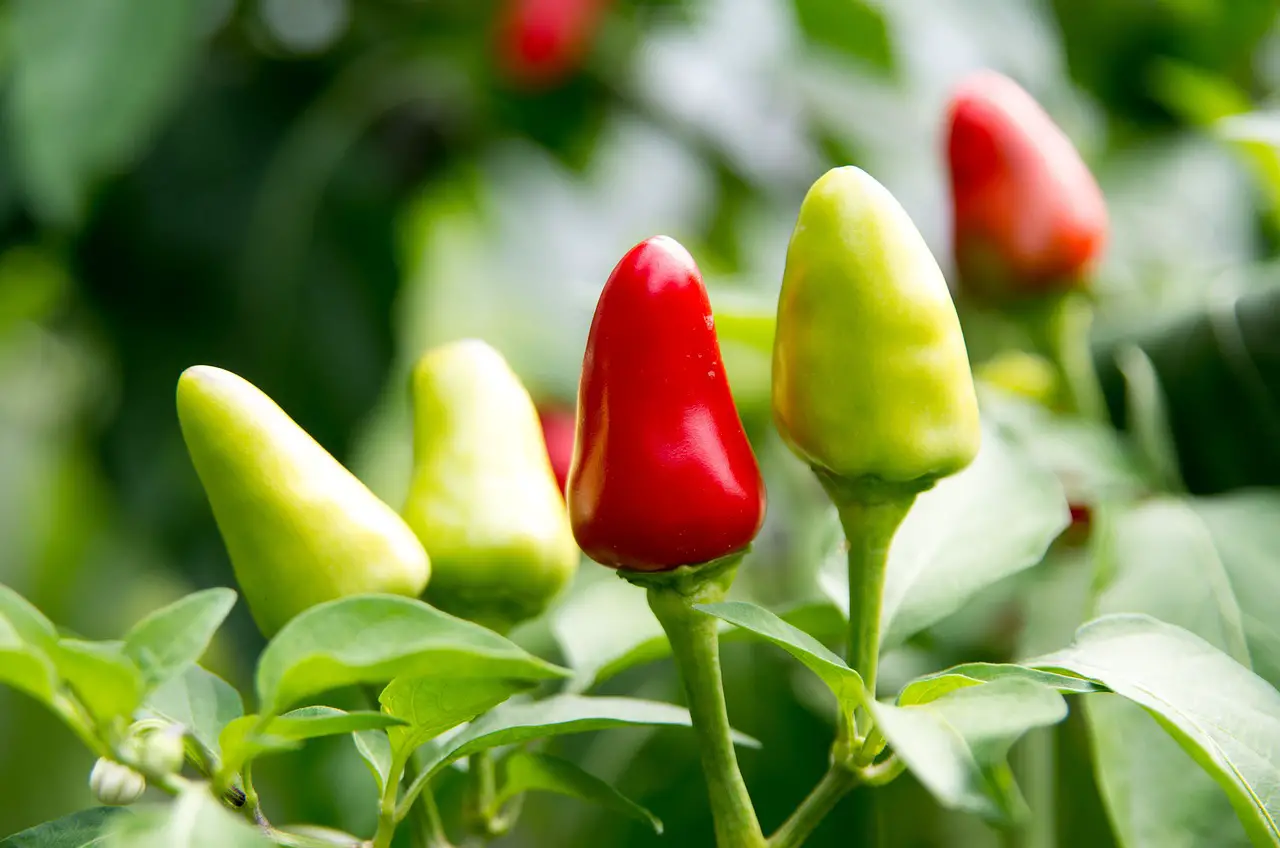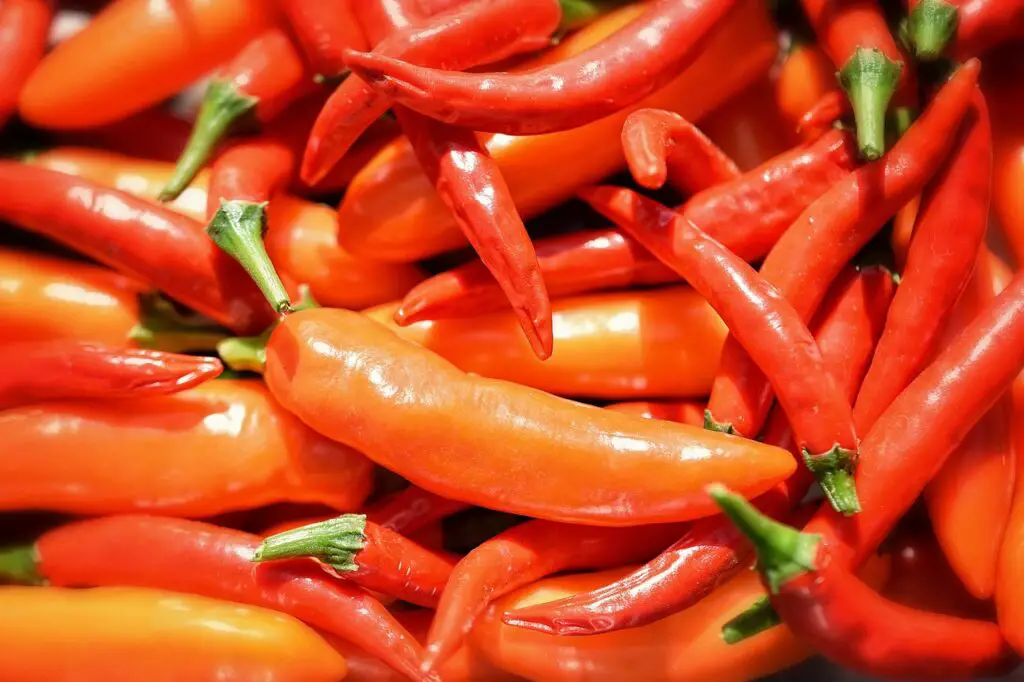Anaheim Pepper Plant – Pepper Varieties – How To Plant – How To Grow – Caring And Harvesting – Using The Anaheim Peppers – Propagating New Plants – Best Soil – Summary – FAQ
The anaheim pepper plant is a great option for beginners to start out with. Most of the pepper plant varieties are easy to grow for beginners since they require little attention and are quite sturdy and resilient too.
The anaheim pepper plant is a perennial variety that produces quite spicy chilis. They grow well in almost any environment and will also produce tasty and spicy chilis for you all summer long.

What Is An Anaheim Pepper Plant
The anaheim pepper plant is one of the more popular varieties out there. It has a lovely spiciness to it that we really appreciate. The flavor can be all from slightly to really spicy, depending on when you decide on harvesting the peppers.
The plant grows as a perennial and can live for up to three years and produce peppers. It doesn’t grow that tall, standing in at about 1 – 2 feet tall at most. So it’s a great plant to keep indoors actually since it does not require that much space.
Pepper Varieties
There are many pepper varieties out there to choose from. If you want one that is easy to grow and will also come back the next year just as strong, then the anaheim pepper plant is the way to go.
Other than that, you can choose habaneros of serrano pepper for example. They have a similar level of spiciness to them. Just as easy to grow and care for too. Requiring a healthy soil and a good access to sunlight all day long.
How To Plant An Anaheim Pepper Plant
Planting the anaheim pepper seed is the first step of course. We do this in small growing containers that are meant for seedlings. Place the seed at the top of the soil and lightly cover it. Water the soil and leave it in a sunny and warm place to start germinating. This will take about 2 weeks or so.
After 1 month should start seeing some progress above the soil. After about 2 – 3 months you should be able to transplant the seedling into a larger pot or container where it will stay for the rest of its life. Caring for the seedlings before that will come down to keeping them in a sunny spot and not getting the soil dry out too much.
How To Grow Anaheim Peppers
Growing anaheim peppers are really simple. Once you have cultivated your seedlings the growth will go quite fast. Get yourself a larger pot or container where you will grow your anaheim plant for the rest of its life.
Fill the pot with some healthy soil and make a well in the middle. Place the seedling in there and then tap down with some soil around it. Make sure it’s really stable before watering the soil through completely. It really helps to have some holes in the bottom of the pot to lead excess water away.
Make sure the soil never dries out too much and rotate the plant every week or so. That will help make the sunlight exposure more equal for the entire plant. It also helps prevent skinny or unstable growth.

Caring And Harvesting From The Plant
Harvesting the anaheim peppers is the best part really. They can be harvested when they are green. The flavor will be slightly sweeter and not as spicy at this point though.
But if you want the full experience of the anaheim peppers then you should wait until they are bright red. At this point they will be pretty spicy and a real flavour bomb. Make sure you have a plan for using them when you harvest as the flavor sort of goes away the longer they stay out.
What Can You Use The Anaheim Peppers For
There are a number of things you can use the anaheim peppers for. One of our favorites is to make chili oil. Chopping up the peppers and then pouring warm oil on top will make a really flavourful condiment. Make sure you leave to infuse overnight before using to really extract all the flavors.
But thinly sliced in a stir fry is also a great way of getting some use of the peppers. You can use either green or red here.
Propagating New Pepper Plants
When you have new pepper plants it’s really important to make sure the soil is well draining and rich in nutrients. A loamy soil will help lead excess water away. If you fertilize the soil about every month or so you will definitely notice an improvement in the health of the new pepper plants.
Best Soil For Anaheim Pepper Plants
The best possible soil for anaheim pepper plants will be a well draining one. We like to introduce some sand in a loamy soil mixture. This helps create the ideal conditions for the plant to grow in.
The reason we want a well draining one is that too much water stuck in the soil makes it hard for oxygen to reach the root system of the plant. If they don’t get any roots then they will begin to drown and the rest of the plant won’t get anymore nutrients.
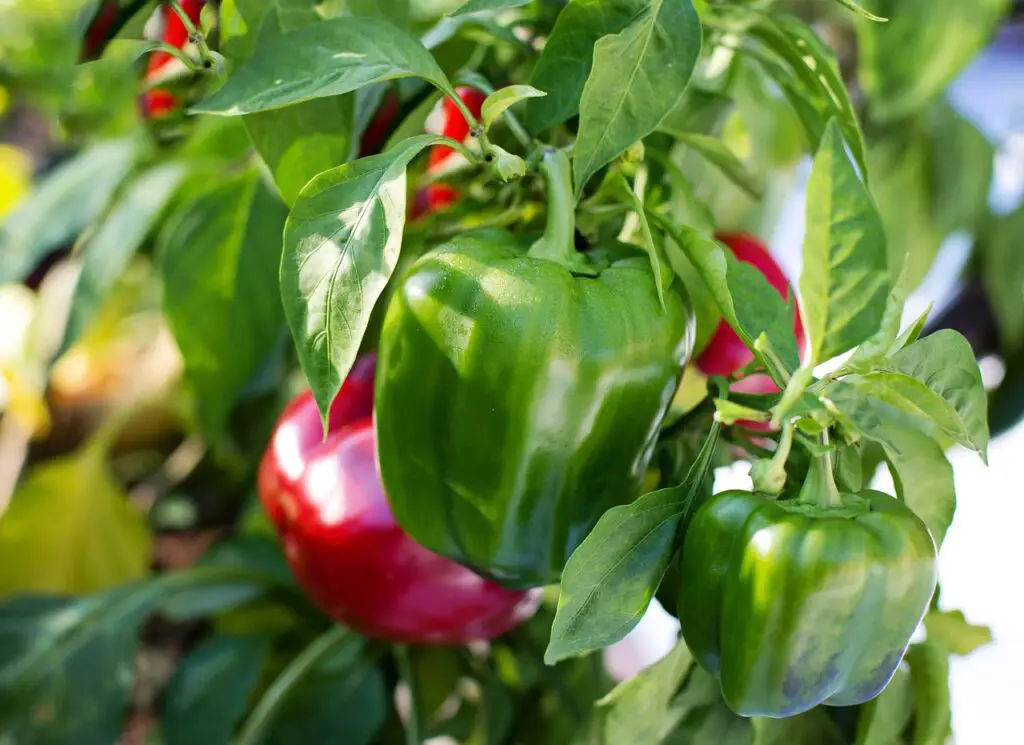
Summary
The anaheim pepper plant is just like most varieties in the family very easy for beginners to get started with. It all comes down to keeping the soil healthy and never left to dry out too much. But finding and reserving a very sunny spot for the plant will also be very important too. It improves the health of the plant a lot.
FAQ
How Long Does It Take Anaheim Peppers To Grow
It will take about 5 months from planting the seed until you can first harvest when it comes to the anaheim pepper plant. It’s nothing wrong if it takes slightly longer, it all comes down to the environment its growing in.
When Should I Plant Anaheim Peppers
The best time to start growing an anaheim pepper plant will be in the early months of the year. That way you have plenty of time to propagate healthy seedlings ready to go into bigger pots when the summer comes around. Then they are already ready to start producing flowers which turn into peppers.
Are Anaheim Peppers Easy To Grow
It can basically be said that any variety in the pepper plant family is easy to grow, so the anaheim is not different. Keeping the soil fertilized and well watered in combination with a lot of sunlight is the ley to success here.
